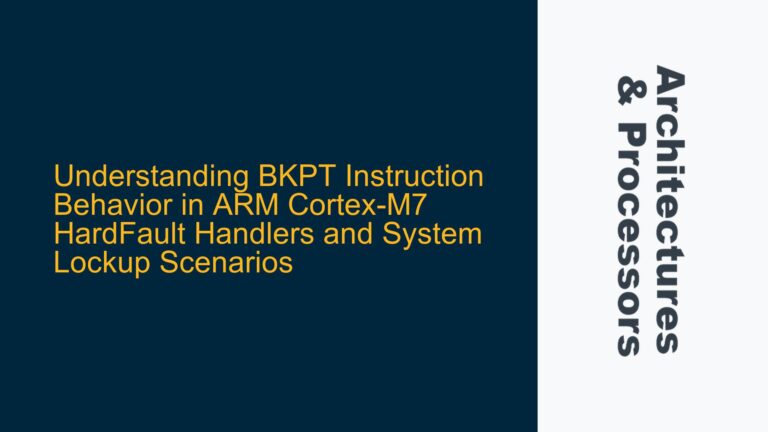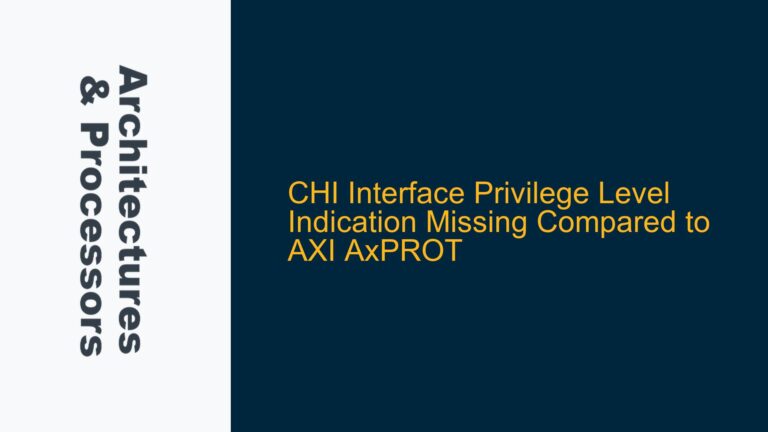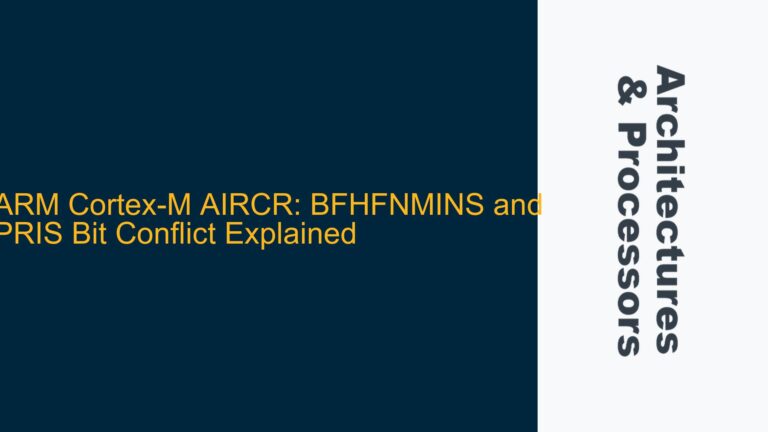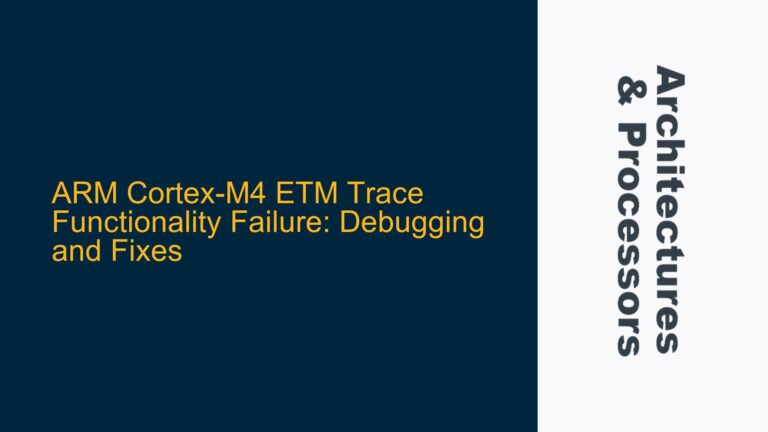APB State Machine and the Role of the "Transfer" Signal
The Advanced Peripheral Bus (APB) is a part of the ARM AMBA (Advanced Microcontroller Bus Architecture) protocol family, designed for low-power and low-complexity peripherals. The APB protocol operates based on a state machine, which transitions between states depending on the assertion of specific signals. One of the key signals in the APB state diagram is the "transfer" signal, which determines whether a data transfer is initiated or not. The "transfer" signal is not explicitly named in the APB specification but is implicitly derived from the behavior of other signals in the protocol.
The APB state machine consists of three primary states: IDLE, SETUP, and ACCESS. The transition between these states is governed by the "transfer" signal. When the "transfer" signal is asserted, the state machine moves from the IDLE state to the SETUP state, and subsequently to the ACCESS state. If the "transfer" signal is not asserted, the state machine remains in the IDLE state.
The "transfer" signal is not a standalone signal but is inferred from the behavior of other APB signals, such as PSELx (Peripheral Select), PENABLE (Peripheral Enable), and PREADY (Peripheral Ready). The PSELx signal is used to select a specific peripheral on the APB bus, while PENABLE indicates that the transfer is in progress. PREADY is used by the peripheral to signal that it is ready to complete the transfer.
In the context of the APB state machine, the "transfer" signal can be thought of as a logical combination of PSELx, PENABLE, and PREADY. When PSELx is asserted, it indicates that a transfer is being initiated. However, the actual transfer only occurs when PENABLE is also asserted, and the peripheral signals its readiness with PREADY. Therefore, the "transfer" signal is effectively a combination of these signals, indicating that a valid transfer is taking place on the APB bus.
PSELx as an Indicator of APB Transfer Initiation
The PSELx signal plays a crucial role in the APB protocol, as it is used to select a specific peripheral for communication. Each peripheral on the APB bus has a unique PSELx signal, which is asserted by the APB bridge when a transfer is intended for that peripheral. The assertion of PSELx is the first step in initiating a transfer on the APB bus.
However, PSELx alone is not sufficient to determine whether a transfer is actually taking place. While PSELx indicates that a transfer is being initiated, the actual transfer depends on the state of the PENABLE and PREADY signals. PENABLE is asserted by the APB bridge after PSELx, indicating that the transfer is in progress. The peripheral then responds with PREADY to signal that it is ready to complete the transfer.
Therefore, while PSELx can be used to determine that a transfer is being initiated, it cannot be used alone to confirm that a transfer is actually occurring. The complete transfer process involves the coordination of PSELx, PENABLE, and PREADY. Only when all three signals are in the appropriate states can it be confirmed that a transfer is taking place on the APB bus.
In the context of the APB state machine, PSELx is used to transition from the IDLE state to the SETUP state. Once in the SETUP state, the APB bridge asserts PENABLE, and the state machine transitions to the ACCESS state. The peripheral then asserts PREADY to complete the transfer, and the state machine returns to the IDLE state. Thus, PSELx is a critical signal in initiating the transfer process, but it is only one part of the overall transfer mechanism.
Troubleshooting APB Transfer Issues: Signal Coordination and State Machine Analysis
When troubleshooting issues related to APB transfers, it is essential to analyze the coordination of PSELx, PENABLE, and PREADY signals, as well as the behavior of the APB state machine. One common issue is the misalignment of these signals, which can result in failed or incomplete transfers.
To diagnose and resolve such issues, the following steps can be taken:
-
Signal Timing Analysis: Ensure that the timing of PSELx, PENABLE, and PREADY signals is aligned with the APB protocol specifications. PSELx should be asserted before PENABLE, and PREADY should be asserted by the peripheral in response to PENABLE. Any deviation from this timing can result in transfer failures.
-
State Machine Verification: Verify that the APB state machine transitions correctly between the IDLE, SETUP, and ACCESS states. The state machine should transition to the SETUP state when PSELx is asserted, and to the ACCESS state when PENABLE is asserted. The state machine should return to the IDLE state once PREADY is asserted and the transfer is complete.
-
Peripheral Readiness Check: Ensure that the peripheral is correctly asserting PREADY in response to PENABLE. If the peripheral does not assert PREADY, the transfer will not complete, and the state machine will remain in the ACCESS state. This can be caused by issues such as peripheral configuration errors or timing mismatches.
-
APB Bridge Configuration: Verify that the APB bridge is correctly configured to generate PSELx and PENABLE signals. The bridge should assert PSELx for the correct peripheral based on the address of the transfer, and it should assert PENABLE at the appropriate time to initiate the transfer.
-
Simulation and Debugging: Use simulation tools to monitor the behavior of the APB signals and state machine. Simulation can help identify timing issues, signal misalignments, and other problems that may not be apparent during static analysis. Debugging tools can also be used to step through the state machine and verify its behavior in real-time.
By following these steps, you can identify and resolve issues related to APB transfers, ensuring that the APB state machine operates correctly and that transfers are completed successfully. Proper coordination of PSELx, PENABLE, and PREADY signals is essential for reliable operation of the APB bus, and careful analysis of the state machine can help diagnose and fix any issues that arise.
In conclusion, the "transfer" signal in the APB state diagram is a logical construct derived from the behavior of PSELx, PENABLE, and PREADY signals. While PSELx is used to initiate a transfer, the actual transfer depends on the coordination of all three signals. By understanding the role of these signals and the behavior of the APB state machine, you can effectively troubleshoot and resolve issues related to APB transfers, ensuring reliable operation of your ARM-based SoC design.






